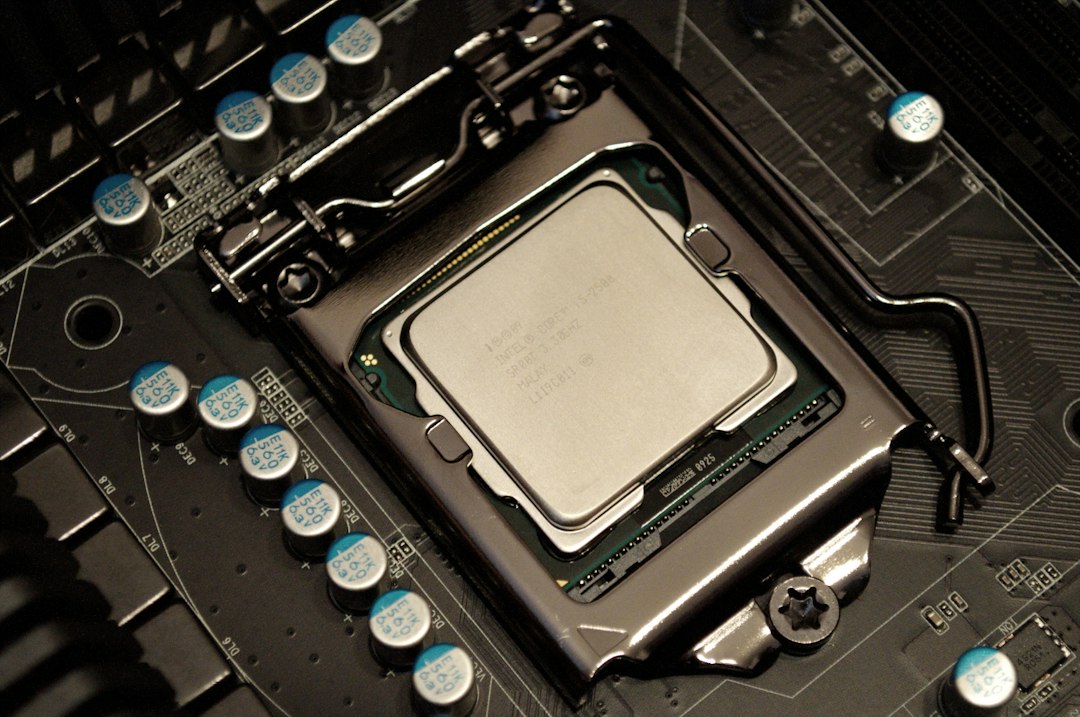The field of medicine and healthcare has always been at the forefront of innovation and technological advancements. One such groundbreaking innovation that has the potential to revolutionize the field is 3D bioprinting. This emerging technology is reshaping the way we perceive medical treatments by merging the fields of 3D printing and biology. In this blog post, we will delve into the implications of 3D bioprinting in the field of medicine and healthcare.
Firstly, let’s take a moment to understand what exactly 3D bioprinting is. Simply put, it is the process of creating three-dimensional living tissues or organs using computer-aided design (CAD) models. Similar to how a 3D printer layers materials to form a solid object, a bioprinter deposits layers of living cells, known as bioinks, to construct complex biological structures. These bioinks can be derived from a patient’s own cells, which significantly reduces the risk of rejection and opens up new possibilities for personalized medicine.
One significant implication of 3D bioprinting is its potential to address the global shortage of organ donors. According to the World Health Organization, nearly 112,000 organs are transplanted each year, while the demand for organs exceeds 20 million people. This stark disparity demonstrates the urgency for alternative solutions, and 3D bioprinting holds the key. By being able to construct functional organs using a patient’s own cells, the need for organ donation could potentially be eliminated or significantly reduced. This technology has already shown promise in the production of simple tissues, such as skin and cartilage, and researchers are actively working towards creating more complex organs like kidneys and hearts.
Another implication of 3D bioprinting in healthcare is its potential to accelerate the drug discovery and testing processes. Currently, the process of developing new drugs is time-consuming, expensive, and relies heavily on animal testing. However, 3D bioprinting offers a more accurate and physiologically relevant alternative. By creating functional 3D tissue models that replicate the characteristics of human organs, researchers can better predict a drug’s efficacy and potential side effects in a controlled laboratory setting. This not only speeds up the drug development process but also reduces the reliance on animal models, leading to more ethical research practices.
Moreover, 3D bioprinting can also be used to create customized implants and prosthetics. Traditional implants and prosthetics often face issues such as poor fit, discomfort, and limited mobility. However, by utilizing 3D bioprinting techniques, healthcare professionals can create personalized implants and prosthetics that are tailored to each patient’s unique needs. This allows for enhanced patient comfort, improved functionality, and more natural integration with existing tissues. Additionally, the use of biocompatible materials in 3D bioprinting can minimize the risk of rejection or infection, further enhancing the overall quality of healthcare interventions.
Despite the numerous advantages that 3D bioprinting brings, there are still hurdles that need to be addressed before it can become widely adopted. One such challenge is the scalability of the technology. Currently, bioprinting complex organs is time-consuming and expensive. Researchers are actively working towards developing faster and more efficient bioprinting techniques to overcome this obstacle. Additionally, the regulatory framework surrounding 3D bioprinting needs to be established to ensure the technology’s safety and efficacy.
In conclusion, the implications of 3D bioprinting in the field of medicine and healthcare are vast and transformative. From addressing the organ shortage crisis to revolutionizing drug discovery, this technology has the potential to reshape the way we approach medical treatments. However, further research, development, and regulatory advancements are necessary to fully unlock its potential for the benefit of patients worldwide. With continued advancements and investment, 3D bioprinting has the potential to usher in a new era of personalized medicine and improved healthcare outcomes.

